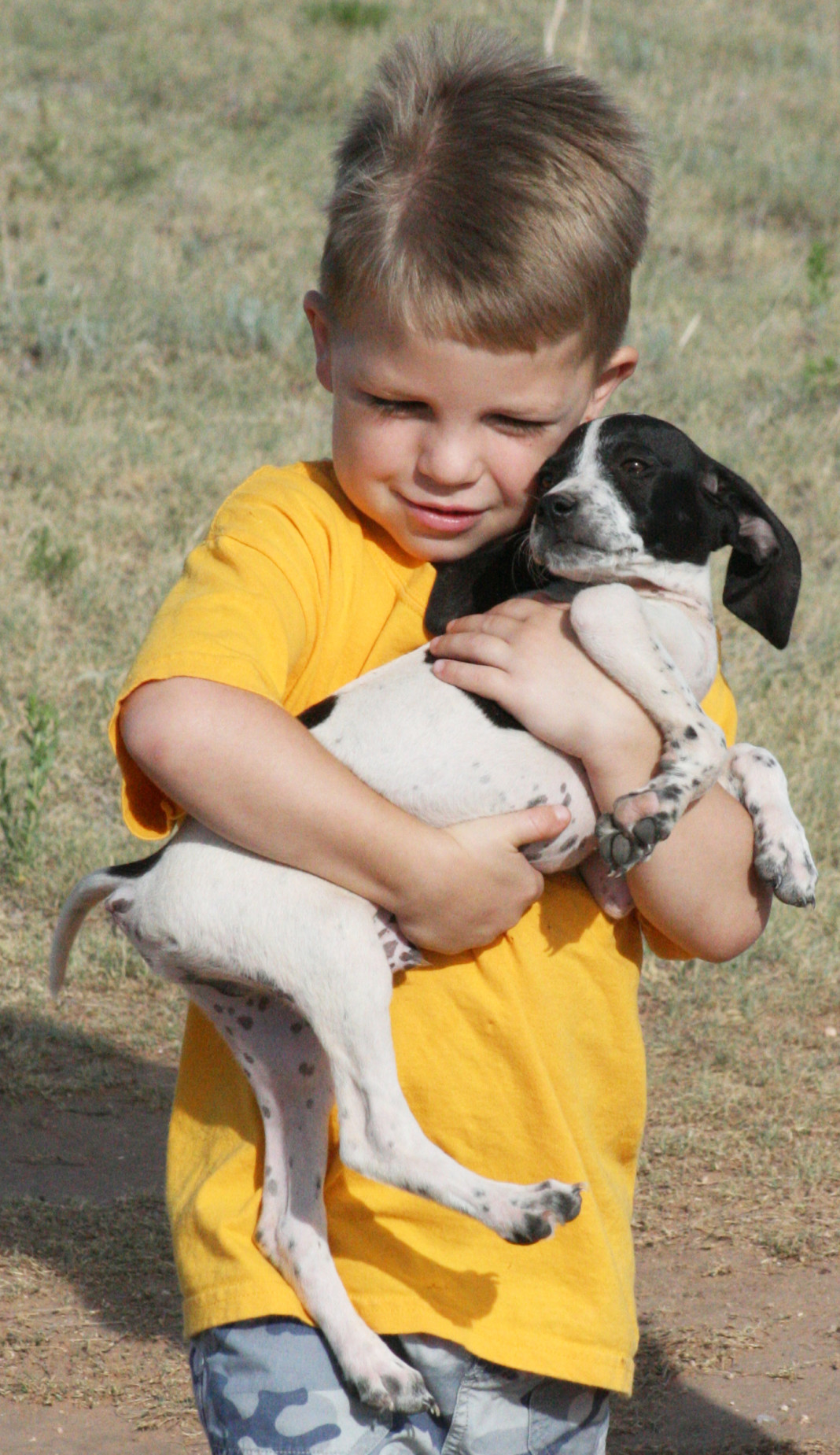Not only do Labrador retrievers, German shorthaired pointers and many other varieties of hunting dogs enjoy chasing after birds because it’s in their blood, they enjoy doing it with human companions. The sights and sounds of a hunting outing are what we can draw into our memory banks and store for an enjoyable moment later, and hunting dogs always are good for a heart-warming recollection.
Seeing someone else’s pointing breed working thick bunchgrass in search of quail or a Lab sitting patiently on the edge of duck blind on an icy morning might be just enough to make you warm to getting a pup of your own. This is the perfect time of year to observe dogs in action in the field and think about the possibilities of having your own canine along next fall.
The selection, training and care of a bird dog isn’t something to be taken lightly, but taking a few things into consideration now will lay the foundation for adding to your household.
Selecting a puppy
Finding a good hunting dog is a lot like scouring a car lot: There are plenty of options, it’s just a matter of what kind of hunting you will be doing.
The first hunting dog my family had was a gift from a friend who bred gundogs. Barney, an English setter puppy, was a welcome addition to our home, though he was about as hard-headed and stubborn as a mule.
It’s tough to determine what kind of personality a dog will have, but with the proper work and training, any hunting breed will turn out fine. The problem with Barney was that we didn’t do enough bird hunting, so he didn’t receive the proper amount of training and field time. He was a fine family pet though, always ready to play or just appreciate a game of fetch. He loved to run, and knowing that, we should have taken him out and let him run in the field every day, even if we didn’t feel like practicing anything.
Hunting dogs are specialized and it’s good to look at some of the characteristics that make each breed unique. Pointers and setters are field dogs used to roust out anything from quail to pheasants. Labradors are retrieving dogs used best for picking up downed birds, typically waterfowl. Breeds like the German shorthair or the Viszla can be good for either task.
In the training
Teaching a gundog the necessary skills to be a productive field partner can be cumbersome. Some animals are eager learners, “birdy” they are referred to, while some couldn’t care less about anything but taking a nice cool dip on a warm day in a nasty stock tank. That being said, it isn’t impossible to turn a dog that isn’t birdy into one that is.
Our second family hunting dog was a German shorthair and Sadie was a quick study. She was taken to a professional trainer and learned the trade of being a gundog during a span of weeks. After we got her back, Sadie was as good as gold in the field, finding many a covey of quail and pheasants that put on their best hide-and-seek shows.
Though we didn’t do as much bird hunting as we would have liked, Sadie was a beloved pet and had the perfect temperament, preferring to sit in your lap as much as possible.
Though most training easily is done, some people don’t have the mettle to do some of the techniques required to mold a good gundog. Things like force-breaking an animal to retrieve or using an electronic training collar are avoided by some. There’s nothing wrong with that.
There’s also nothing wrong with using those types of techniques. It’s a choice of preference. Using a professional trainer also is a personal preference. You can train a dog yourself, but you must know that it is an ongoing, involved process that must not be taken lightly.
Paying someone who trains for a living is not inexpensive, but it will go a long way in providing you with a dog that will be ready for the field.
Plenty of care
With all the sharp and prickly vegetation they will encounter, dogs seem to find the worst plants you can imagine. Carrying plenty of water and a rudimentary, easy-to-assemble first-aid kit with gauze, bandages and some type of antiseptic is a must.
I have seen dogs with gashed ears, snouts and legs that didn’t even care they were hurt. Much like an athlete pumped up on adrenaline, gundogs often will overlook injuries that might make you or me whine like a stuck pig.
Checking your dog(s) every once in a while is good policy while in the field.
Another good policy is not running your dogs into the ground. Dogs’ noses are much more fine-tuned than ours, and they easily can be clogged with dirt, debris and anything else that comes with having their noses near the dirt. Cleaning off their noses and snouts with water is good every so often.
Having more than one or two dogs is a must for outfitters who are hosting many hunters, but if you only have one, don’t run the pooch until it can’t walk.
Now that waterfowl and other wingshooting seasons are in full swing, there’s plenty of time to make more memories with friends and canine companions. It might just make you want to add another friend to your pursuits.


















